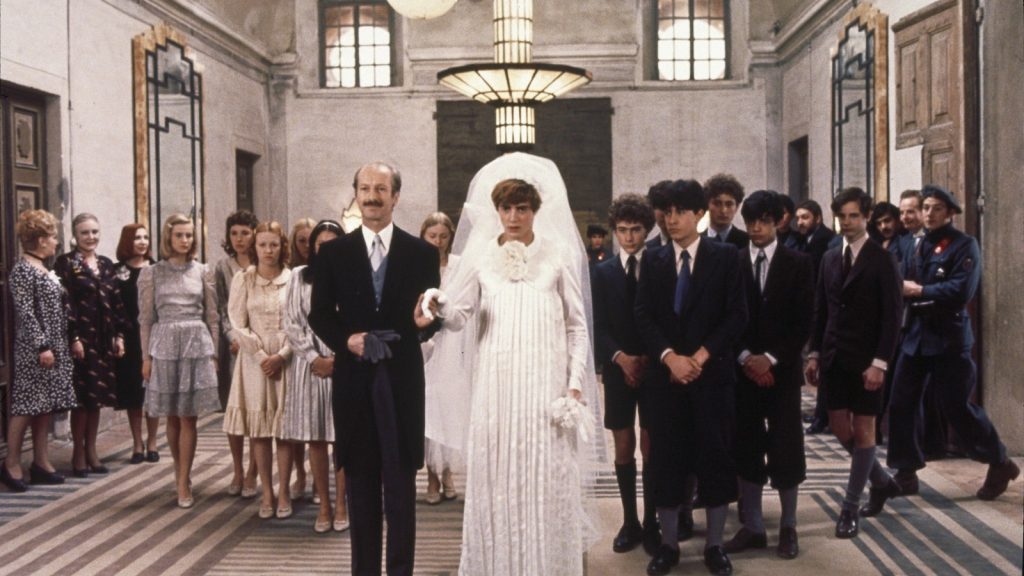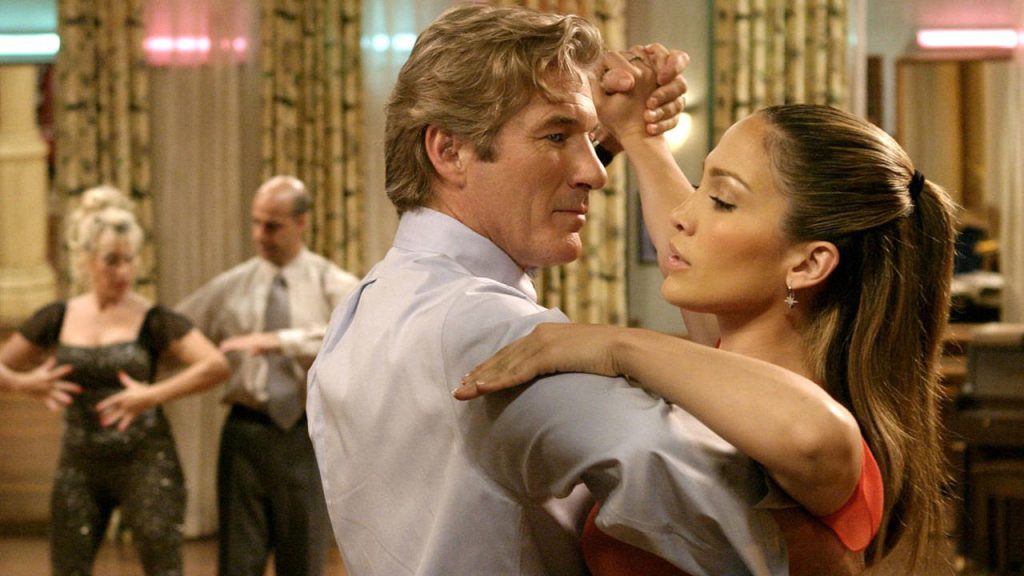One of the most excruciating and heartbreaking aspects to Bruce Lee’s death in 1973 – beyond his tender age (32) and the family he left behind – was the cruelty of its timing. He died on July 20th of that year; a mere six days later Enter the Dragon, his first American studio vehicle and the film that was to catapult him to superstardom, was released to Hong Kong theaters, following in the United States less than a month later. And thus his life ended at the exact moment when a giant swath of the movie-going audience was introduced to him.
Enter the Dragon was only the fourth feature film with Lee in a starring role, and that slender but startling filmography is presented (along with one more curio) in Bruce Lee: His Greatest Hits, a new box set from the Criterion Collection. Criterion has previously given the big box treatment to such arthouse giants as Ingmar Bergman, Jacques Demy, and Roberto Rossellini (and, okay, Godzilla). But Lee is not out of place in their ranks, and not only because his films are so influential (and, no small achievement, deliciously entertaining). This box set tells a story of tremendous artistic growth over a tragically short period of time – a growth that surely would’ve continued in new and exciting ways in the years to come.
But those are hypotheticals. What we have are these films, many of them discovered and devoured by new fans after the near-simultaneous release of Enter the Dragon and the passing of its star, and their presence in their field cannot be overstated. To many viewers, particularly of the era and immediately thereafter, these were the platonic ideal of the kung fu movie.

Lee’s first starring role, The Big Boss (1971), was written and directed by the great Lo Wei, and released (as most of his films would be) by the legendary and dominant Golden Harvest studio. Though its budget was low, and its roughness is immediately striking (cheap opening credits graphics, unconvincing ADR), they had an asset in Lee.
He had been unable to propel his co-starring turn on the campy TV series The Green Hornet into American film stardom, but the show made him a superstar in Hong Kong, and he floats into this early vehicle with the psychic baggage of a movie star already in place. “I learned some kung fu back home,” he explains early in the film, but he barely raises his hands for the first forty-five minutes of the movie. (Luckily, his co-stars can fight too.) Lee and Lo Wei know good and well that their audience has come to see this star perform, so they tease us with it, loading up false starts and minor interactions, ensuring that he doesn’t really fight until, of course, he has no choice. It’s a long wind-up for a big pitch, and it still plays.

The Big Boss also benefits from the sure hand of director Lo, who can stage and shoot the hell out of his action sequences; he knows how to compose for the wide frame, and how to use that frame to better appreciate Lee’s grace and athleticism. Lo also writes and directs Lee’s sophomore starring picture, Fists of Fury (1972), and does so even more impressively, deploying inventive high and wide shots, ingenious first-person perspective, and energetically prowling camerawork. (He also tries out some Leone-style intense eye close-ups in the climax, and pulls them off.)
He doesn’t mind returning to what works, though, with Lee again playing a man who is reluctant to fight, the student of a school where he is taught “to train for physical fitness, not for fighting with others,” (“Then you concede defeat!” insists his opponent.) But when he discovers that his master is murdered, he vows to “find the killer and take revenge,” and does just that, satisfyingly, with Lo’s script building carefully and often wittily to the final boss fight.
As for Lee, he comes off as even more of a movie star this time around – those white suits are impeccable, but the lewk he dons to take out an entire martial arts school (shirtless, black pants, nunchucks, dangerous smirk) is iconography of the highest order. Lo seems to have figured out how best to photograph Lee’s sharp, striking features to best capture his intensity and charisma, but this isn’t all grunt work either; the emotion of his graveside grief scene is eye-opening, and his nerdy telephone repairman disguise is charming – not because he’s convincing, or even especially funny, but because he commits so fully to the bit.

Fist of Fury was a staggering commercial success, and Lee was entrusted with writing and directing his next picture, The Way of the Dragon (1972), himself. Starring as an “expert Chinese boxer” who has come to Rome to help an old friend fight off a rather silly-looking gang of thugs who are trying to take over his restaurant, Lee anchors the film in fish-out-of-water material that feels personal, based on his globe-trotting career to date. He opens the film with culture clash comedy in a Rome airport restaurant, and the picture is generally more light-hearted than its predecessors (particularly its perky, Odd Couple-style score). Lee clearly doesn’t take himself as seriously as Lo Wei did.
Lee was still getting his sea legs as a filmmaker, and some of his non-action scenes are clumsy. But the fights are terrific; he loves a good snap zoom, obviously knows how to make himself look like a badass, and makes savvy use of close-ups in those face-offs, focusing on the expressions of the fighters and not just their movements, an unmistakable touch of a performer-turned-director.

Lee had begun production on his next self-helmed effort, The Game of Death, when he was offered the opportunity to co-star in Warner Brothers’ Enter the Dragon (1973); Golden Harvest head Raymond Chow clearly saw the value of the opportunity, and let him put Game of Death on pause. (There is a conspicuous “in association with Raymond Chow” credit on Enter.)
Lee stars as a martial artist and instructor who goes undercover at a tournament “of truly epic proportions,” and there are goofy suits and big mustaches abound. But he’s also one of three stars of the film, sharing (a bit too much) screen time with John Saxon and Jim Kelly. That said, once it finally gets to what we’ve come for – Bruce Lee single-handedly taking out dozens of dudes – it absolutely delivers, and while Robert Clouse is no Lo Wei, the final fight (in a hall of mirrors) is cleverly staged and shot.
Above all, Enter the Dragon did what it was intended to do: it introduced Lee to a wider, Western audience by packaging him inside a sleek ‘70s thriller. But this viewer (and no small percentage of other ones, I suspect) liked it much more when it was the only Bruce Lee movie I’d seen.

Sadly, that’s where the story ends – or it should be. But five years after his death, Golden Harvest ghoulishly Scotch-taped together one last Bruce Lee movie, Game of Death (1978), creating something of a conundrum for the Criterion Collection; what do you do when you want to present a complete filmography, but one of the films in question is, well, a disgrace? They seem to have understandably decided that, with this few titles to choose from, you take what you can get.
Nakedly attempting to craft something of a JV James Bond movie – from the opening credit sequence to the John Barry score – Clouse returns to the director’s chair, combining the unused footage from the incomplete The Game of Death with (often ineptly) intercut archival cutaways, clumsy ADR, footage from Lee’s real life funeral, and even once, swear to God, a scene with a cardboard cutout of Lee’s face on a mirror. But since Lee only appears in about eleven minutes of the film, that left a lot of slack to pick up – so Clouse uses unconvincing, markedly dissimilar, Plan 9 From Outer Space-style doubles, photographing them in shadows and in a variety of big sunglasses and motorcycle helmets, and in shadows. He also shoots them from odd, oblique angles, resulting in endless action scenes with a hero fighting with his back to camera. It looks about as odd as it sounds.
Lee started his Game of Death at the climax, so when the footage of the real article finally begins near the picture’s end, it’s like night and day. Until then, Game of Death is something of a traffic accident; it’s a rip-off of startling incompetency. But when Lee appears, all is forgiven, because seeing his face, and his vacillation from fierce determination to gleeful taunting, makes all the difference. And it underscores the key takeaway of these films: Brue Lee was never just a fighter. He was a presence – and an irreplaceable one.
“Bruce Lee: His Greatest Hits” is out now from the Criterion Collection.



